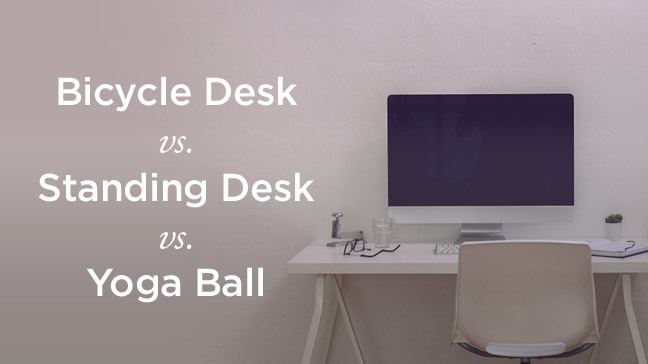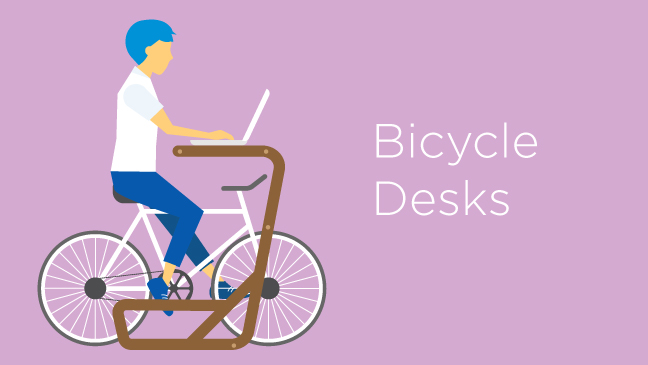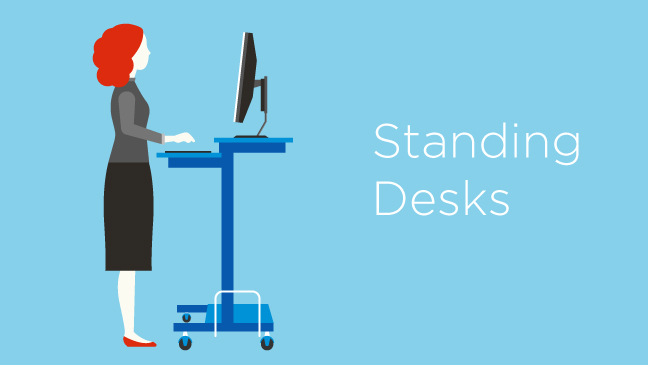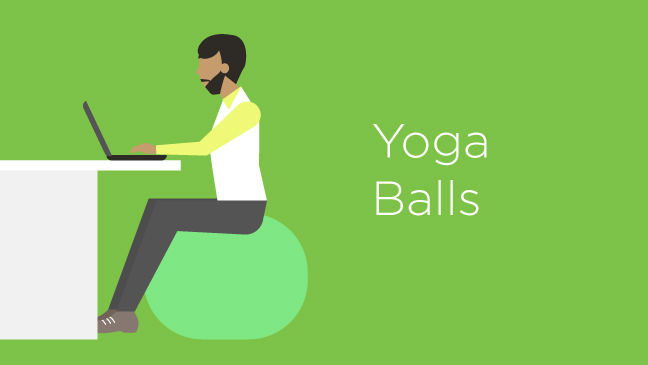
If you’re anything like the average person, more than half of your waking hours are spent sitting down. And if you have a desk job or an affinity for Netflix, it could be much more.
Experts say that this much sitting puts you at a greater risk of developing risk factors for cardiovascular diseases like:
- high cholesterol
- high blood pressure
- diabetes
- obesity
And that’s not all.
“Individuals who sit for extended periods of time also report low back and neck pain at a higher-than-average rate,” says Dennis Enix, a chiropractor and associate professor of research at Logan University in St. Louis. “Industrial ergonomists have identified that working in prolonged or constrained body positions is the leading risk factor for work-related musculoskeletal injuries,” Enix says.
And your body isn’t the only thing suffering. One study found that employees who sit for six or more hours per day are more likely to report psychological distress. Another found a link between the number of hours spent sitting per day and the propensity for depression.
For many people, walking out on a desk job to take up mail carrying, bicycle messaging, or another active career isn’t feasible. But a new array of desks and workstations is giving full-time sitters the opportunity to get off their butts, or at least minimize the effects of the time spent there.
Bicycle desks, standing desks, and yoga balls or stability ball chairs are among those contending for your health and office time. But what do the experts say?
1. Bicycle Desks
First up, the bicycle desk. Yes, you’re still sitting, but you’re not sedentary when you use a bicycle desk, and there are obvious benefits to getting your heart rate up. But many of the bike desk options have drawbacks that might be outweighing the benefits, says Vivian Eisenstadt, MAPT, CPT, MSP, a physical therapist and ergonomic and postural specialist.
“Looking at all of the pictures of bicycle desks, most of the riders have their necks at least 50% fully flexed to look down at their laptops,” says Eisenstadt. This can lead to degenerative changes in the vertebrae, not to mention neck and arm pain, she notes.
Eisenstadt says your focus may be off as you’re pedaling and your heart rate is elevated. Also, the tightness in your neck could lead to a lack of “maximal blood flow to the brain,” she says.
If you opt for this choice, she recommends that you take frequent breaks and figure out a way to have the keyboard at the same height as your elbows.
2. Standing Desks
“The adjustable sit-to-stand desks can run as high as $1,000,” according to Enix. He says there are more affordable options and notes that the Centers for Disease Control and Prevention recommend these desks as “effective alternatives to standard desks” for preventing people from sitting for long time periods.
Eisenstadt suggests finding an option that allows you to look straight ahead at your screen with your keyboard at the same height as your elbows.
“The standing desk is good for your low back,” she explains, and standing puts less pressure on your spine overall.
3. Yoga Ball
For posture, a yoga ball is a good alternative to the office chair. Eisenstadt says sitting on a ball allows you to keep your pelvis at a proper angle. Also, it allows you to bounce, which is more than just fun. “A yoga ball allows you to bounce, creating what is called imbibement of your discs, filling them up with fluid in a good way,” she says.
Enix says the ergonomic ball chair is an alternative that uses a ball as its base and has many of the same benefits.
The Bottom Line
When it comes to sitting all day, don’t do it. Get up and move around. Work standing up, work while you’re walking, or take a break and go for a walk. If a standing desk isn’t in your budget, try rigging your desk by setting your monitor and keyboard on platforms. And if you can’t get your exercise while biking at your desk, get it when you leave work but don’t skip it altogether.
Staying fit and healthy isn’t only a matter of getting regular exercise and eating well. How we work and even how we sit can play important roles.
From: Health Line



